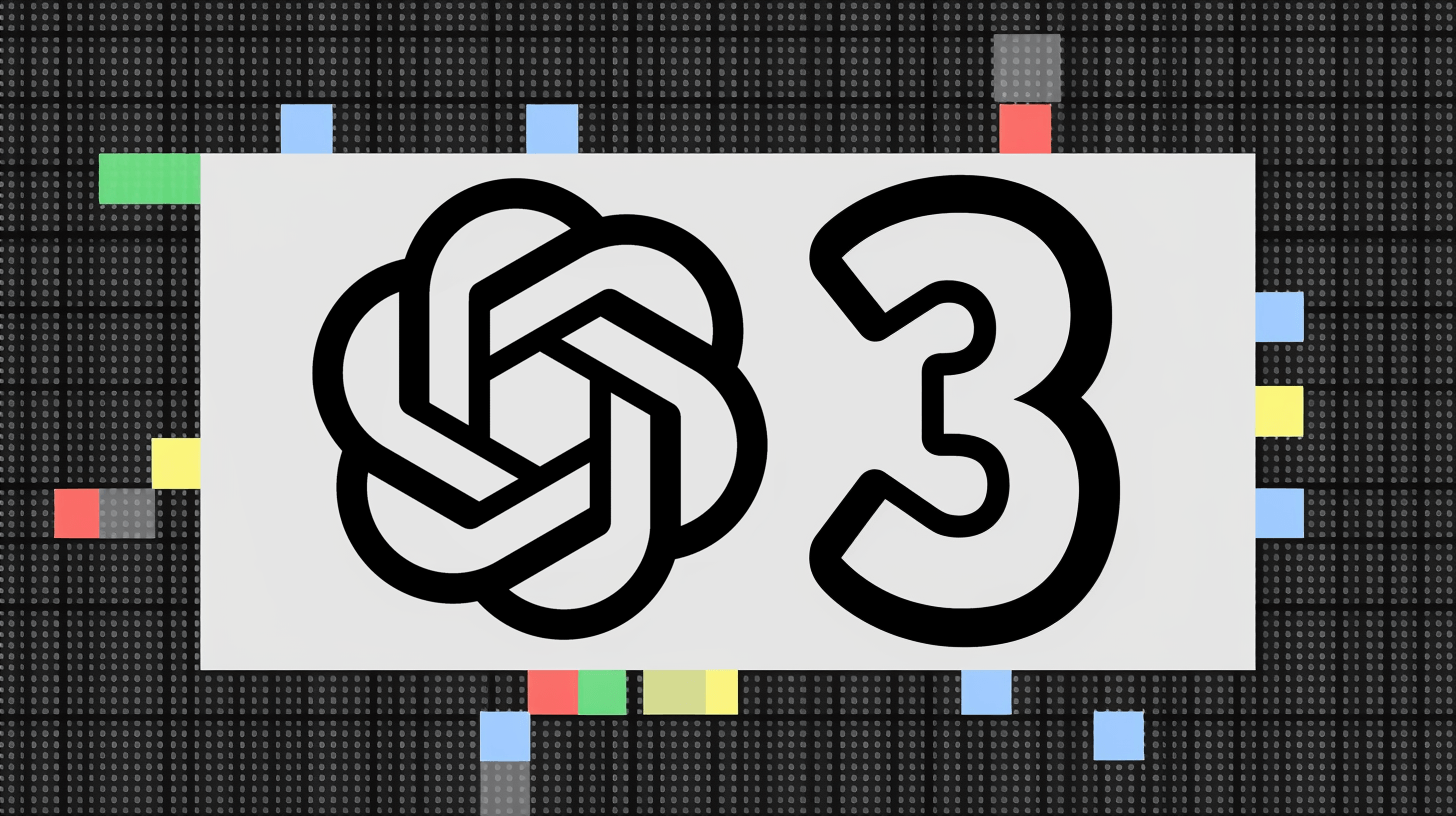'Boomer prompts' don't work with its new reasoning models, OpenAI says

Key Points
- OpenAI has released new guidelines for effectively using its AI models, advising users to provide simple, direct instructions rather than relying on complex prompt engineering techniques.
- The company discourages the use of overly detailed "boomer prompts" and instructions like "think step-by-step" for its o-models, instead recommending concise, well-structured instructions using separators such as XML tags, along with clearly defined success criteria and constraints.
- OpenAI suggests that the o-series models, described as "the planners," are particularly well-suited for complex tasks in fields like mathematics, engineering, law, and finance, while GPT models serve as "workhorses" for quick, cost-effective standard tasks.
OpenAI has published guidelines for effective use of its o-series models, emphasizing direct instruction over complex prompting techniques.
The o-series models, which OpenAI calls "the planners," specialize in tasks related to mathematics, engineering, law and finance. The GPT models serve as "workhorses" for quick, basic tasks. "One model family isn't better than the other—they're just different," OpenAI writes.
For projects requiring multiple steps, the company suggests using o-models to create detailed plans, with GPT models handling the execution of individual tasks. The upcoming GPT-5 aims to combine both approaches, a hybrid approach similar to what Anthropic is reportedly developing.
Reasoning models need simpler prompts
For the o-series, OpenAI suggests a simpler approach to prompting. The company warns against what it calls "boomer prompts" - a term that has created confusion in the community. OpenAI might refer to either overly detailed prompts or older prompting techniques.
"Generally speaking, reasoning models will provide better results on tasks with only high-level guidance. This differs somewhat from GPT models, which often benefit from very precise instructions," OpenAI writes.
OpenAI suggests keeping instructions brief and clear, using XML tags to organize longer prompts. Users should specifically avoid the phrase "think step by step" with o-models, since reasoning models already have "baked-in" chain-of-thought prompting - they are trained on thought chains.
Here's what OpenAI considers a good scientific prompt:
What are three compounds we should consider investigating to advance research into new antibiotics? Why should we consider them?
OpenAI also recommends starting without examples (Zero Shot Prompt) and adding them as needed (Few or Many Shot Prompt). Users should define clear success criteria and "encourage the model to continue reasoning and iterating" until it meets them. Also, include specific constraints such as budget limits ("propose a solution with a budget under $500").
According to OpenAI, o-models can process incomplete or inconsistent information while accurately interpreting user intent, even from partial instructions. They are particularly good at identifying relevant information in large amounts of unstructured data and recognizing patterns in complex documents such as contracts, financial reports, and insurance claims.
AI News Without the Hype – Curated by Humans
As a THE DECODER subscriber, you get ad-free reading, our weekly AI newsletter, the exclusive "AI Radar" Frontier Report 6× per year, access to comments, and our complete archive.
Subscribe now